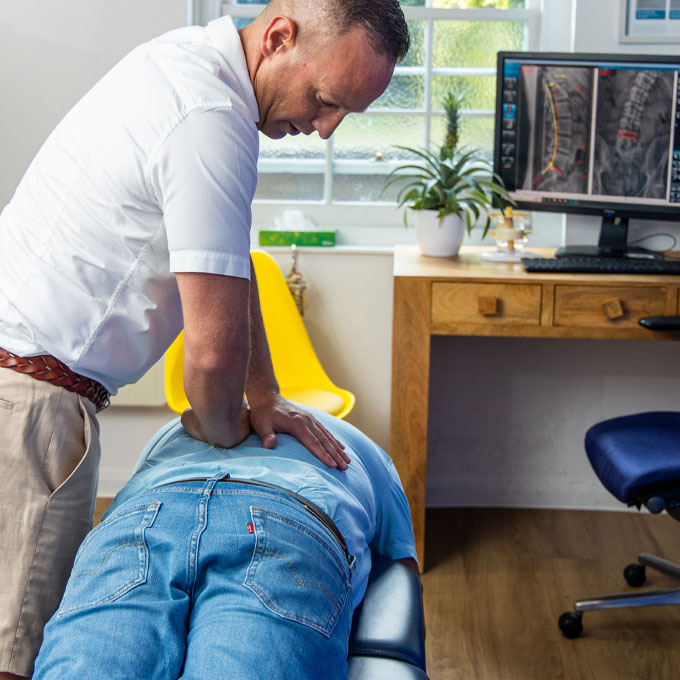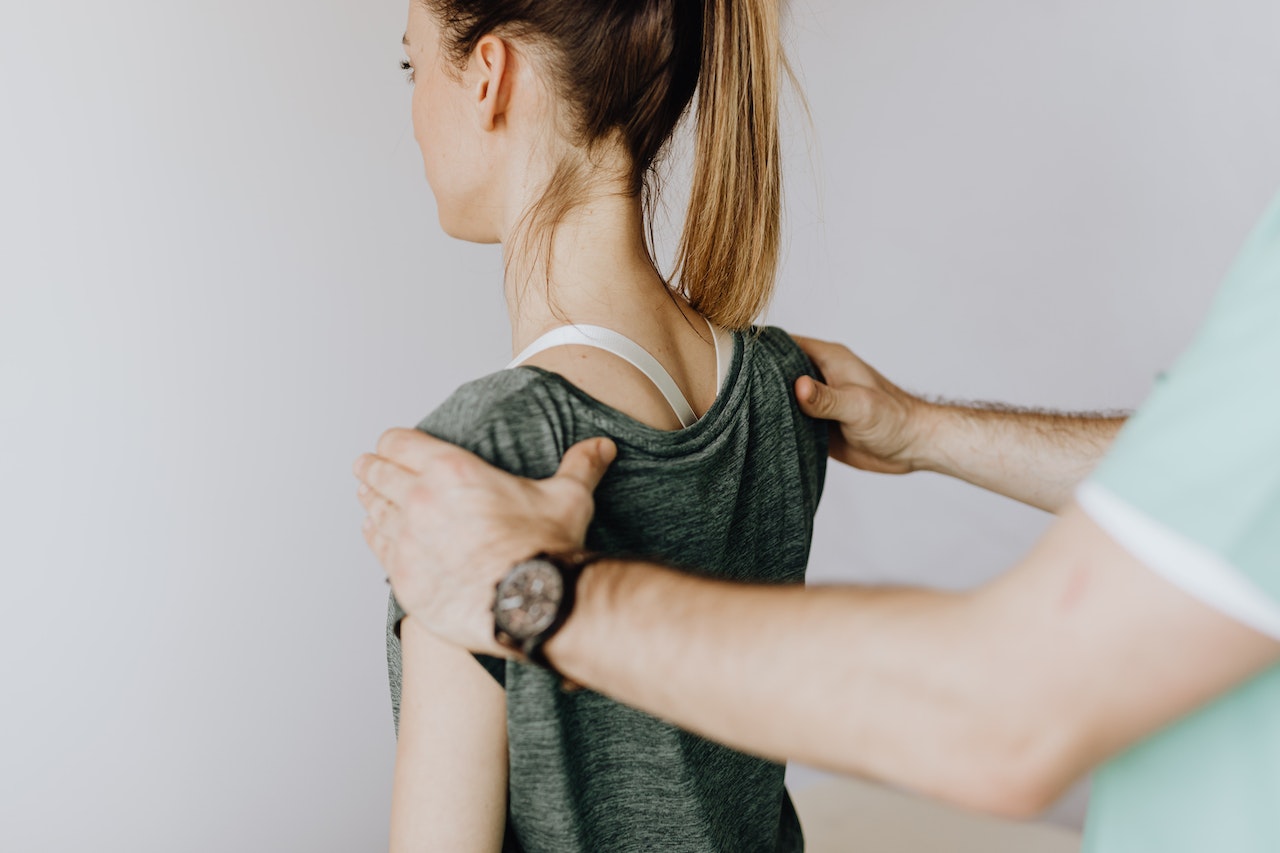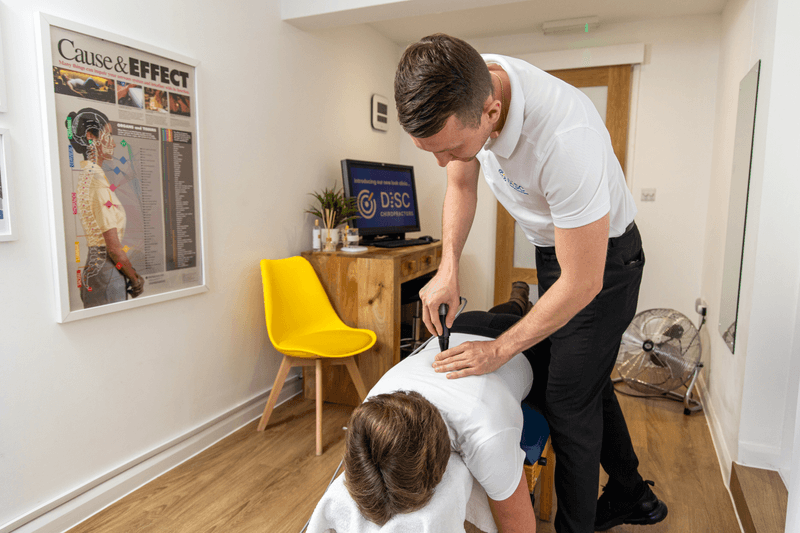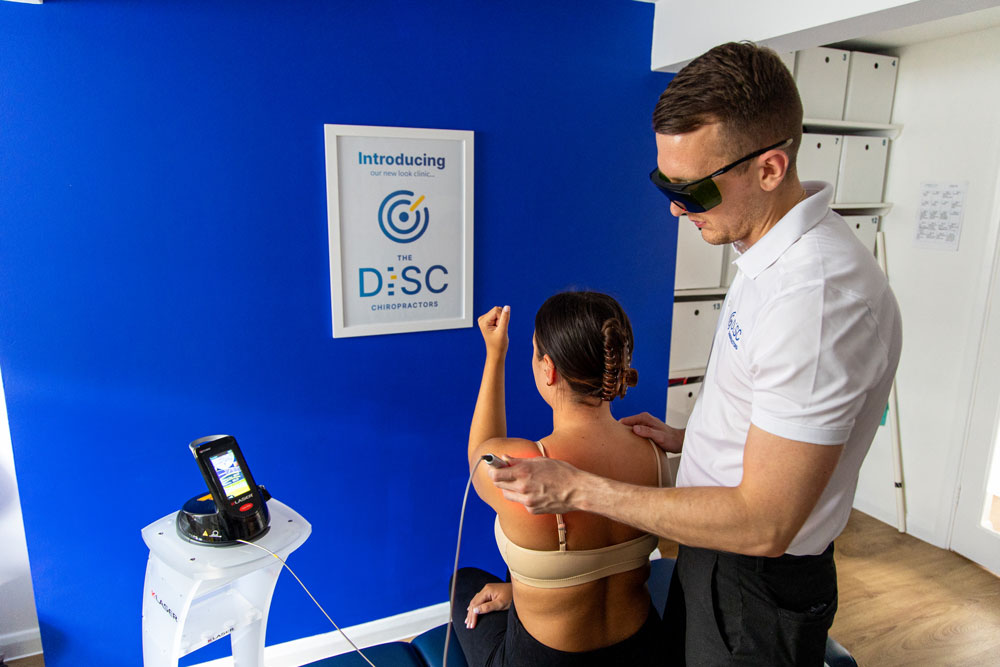Specialist Lower Back Pain Treatment In Surbiton
Book NowHOW COMMON IS LOWER BACK PAIN?
Lower Back Pain (LBP) is the single biggest musculoskeletal (MSK) complaint in the Western World, it is estimated that 40% of us at any one time are suffering from some form of LBP, with lifetime odds of an incredible 80%.
Between 10%-20% of the population have chronic ongoing low back pain which accounts for 90% of the financial spending on back pain.
Low back pain is also the No.1 cause of disability in the UK and the most likely reason for people to miss a day of work other than seasonal colds.
In short lower back pain may not grab the headlines in the same way cancer and heart disease do, but from a financial burden point of view, it sits 3rd behind these big-boy conditions as a drain on the public’s health finances as well as having a severe impact on millions of people’s quality of living just in the UK alone.

“Unfortunately, in our opinion, the NHS is very poorly set up for the endemic problem of lower back pain.
24% of GP appointments are for musculoskeletal conditions. Without a major structural shift within NHS management to realise the benefit of getting more manual therapists such as physiotherapists, osteopaths or chiropractors embedded within GP surgeries, the system is not fit for purpose and patients continue to be frustrated by the lack of immediate interventional options for lower back pain other than medication”.
CLINIC DIRECTOR | DISC


Research using Spinal Injections found:
39% of Lower Back Pain originated from the Discs.
15% of Lower Back Pain originated from the Facet Joints.
13% of Lower Back Pain originated from the SI Joints
The remainder were unresponsive
Schwarzer Et Al – Spine Journal
WHAT CAUSES LOWER BACK PAIN?
The most significant factor in lower back pain is unsurprisingly the discs themselves. There is increasing evidence that discs are directly responsible for the majority of significant back pain.
This can be through active Disc Herniations and Disc Bulges or more Degenerative or Inflammatory Disc Damage.
Or even from the cascade of effects that dysfunctional discs will have on the facet joint, pelvic joint and surrounding musculature.
Other than Disc Injuries the medical profession’s best diagnosis for most patients is “non-specific back pain”, often leaving patients without a clear understanding of what ails them.
At DISC, every new patient starts their treatment with a full consultation and examination to determine what is not functioning correctly within their spine and to therefore identify the cause of their lower back pain.
Essentially there is a limited number of tissues capable of becoming pain generators, including:
- Intervertebral Discs
- Spinal Nerve Roots
- Facet Joints
- Pelvic Joints
- Musculature
- Connective Tissues
Whilst each has their unique characteristics there are often multiple irritated tissues overshadowing each other when dealing with LBP, hence why medics struggle to isolate the keystone.
The spine can be split into 3 functional sections with all it’s unique movement patterns:

Lower Back Pain (LBP)
(60% of DISC Patients)

Upper Back / Neck Pain
(25% of DISC Patients)

Mid Back Pain
(15% of DISC Patients)
HOW TO AVOID LOWER BACK PAIN?
Understanding which tissues have failed and are causing LBP is important, but possibly even more significant is the understanding of how those tissues came to fail in the first place. The risk factors to avoid include:
- Poor Posture
- Lack of Movement
- Occupational Stress
- Muscle Imbalances
- Poor Exercise Techniques
- Genetic Factors
- Sedentary Living
- Mental Stress
- Emotional Stress
- Inflammatory Diets
- Trauma
- Pregnancy



“When back pain suddenly shows up, we are tempted to blame it on the last minor stressor that affected it, such as a soft bed in a hotel.
This is like blaming your bankruptcy on the last latte you bought before your account finally went into the red.”
– Todd Hargrove – Author
WAHT ARE THE MAIN SYMPTOMS OF LOWER BACK PAIN?
Lower Back Pain presents in a range of symptoms that vary in intensity, duration, and nature. These symptoms often depend on the underlying cause and the individual’s lifestyle and health status.
Often starting as persistent ache or stiffness along the spine, with LBP you may experience this as a constant dull sensation or a sense of fatigue in the lower back muscles. This discomfort often then exacerbates after repetitive activities or prolonged postures such as standing or sitting.
However, for many sufferers, their first encounter with lower back pain involves experiencing muscle spasms. These involuntary muscle contractions can be quite painful and may temporarily restrict mobility. The spasms often occur as a reflex to underlying inflammation or injury in the back especially to the Discs/Nerves.
Many ignore these warning signs, until their lower back pain has become a more frequent sharp, localized pain in the lower back. This type of pain is often more intense than the dull ache and can be triggered by specific movements, such as bending, twisting, or lifting heavy objects.
The pain may be confined to a small area or radiate to adjacent regions, including the buttocks and thighs by this stage of pain it is highly unlikely that the Disc’s are not involved in some format.
Progressing further, lower back pain might involve nerve compression or irritation which can appear as numbness or tingling sensations in the lower back, buttocks, legs, or feet, sometimes accompanied by a sharp, shooting pain along the nerve pathway.
What are the best treatments for Lower back pain?

Mechanical Care
(Combination of Chiropractic & Instrument-Assisted Adjusting)

Spinal Decompression Therapy
(Traction for Disc Injuries and Trapped Nerves)

Laser Therapy
(Targeted Hi-Intensity light therapy, promotes advanced healing rates)
WHAT IS THE BEST TREATMENT FOR LOWER BACK PAIN?
The first step in treating any condition is to find the underlying cause, often the LBP experienced by a patient is the last “domino” to fall in a cascade of reactions. A thorough examination at our DISC Clinic in Surbiton will help not only identify exactly what is generating the LBP but also aim to understand its root cause.
Once a diagnosis is determined, Lower Back Pain Treatment options that aim to address the issue can be explored. Pain relief, corrective measures, and preventative strategies can be implemented to ensure the problem does not return in the future.
The first steps towards gaining Lower Back Pain Relief often come by mobilising the soft tissues and joints in the area; this is achieved by using a combination of manual mobilising Chiropractic Techniques with our unique blend of Instrument Assisted Adjusting tools, which can be used to gently initiate movement and blood flow in stubborn or inflamed tissue, especially when stronger techniques may have been contraindicated.


LOWER BACK TREATMENT PROTOCOLS, CONTINUED
Spinal Decompression Therapy is one of the powerhouse LBP treatments available at The DISC Chiropractors, this traction technology provides a unique ability to heal disc injuries and to un-trap the nerves that are often at fault for issues further down the chain for example in the arms and legs.
When conditions struggle to heal, Laser Therapy is an extremely safe and effective method of advancing recovery rates. Its warm photon light energy stimulates mitochondrial activity to enhance recovery in every cell of the body. Laser Therapy is especially useful in cases of inflammation, such as arthritic and repetitive strain conditions.
A major part of how our treatment protocols work is to ensure whilst the lower back pain is coming under control, we are filling the patient with the knowledge of how to keep and maintain their results using corrective measures and rehabilitation tools to enhance their outcomes.
LOWER LEFT BACK PAIN
Vs
LOWER RIGHT BACK PAIN
Much of the anatomy that contributes to low back pain can is duplicated on each side of the spine, making one-sided pain quite common.
Human beings are creatures of habit making single-sided stress a frequent occurrence, for example, a right-handed worker repeatedly bending to the right to pick up equipment would expect lower right back pain from overuse.
Each side of the spine has large muscles in the lower back region known as the Quadratus Laborii. they control side bending but are also defensive muscles when the brain perceives danger, i.e. in the case of disc damage these muscles will spasm to protect the area from further damage.
However, it is lower left back pain that wins the prize for most interesting pain location. the human thoracic is naturally imbalanced due to the weight and location of the internal organs, this can place the connective tissue under strain, creating a very specific muscle knot just below the ribs on the left-hand side.

Contact Us
To discover how we can assist with your Lower Back Pain Treatment, don’t hesitate to click the icon below and book a comprehensive consultation for a detailed evaluation of your situation.
Alternatively, why not organise a free chat with one of our expert clinicians? We’re always eager to talk about everything DISC-related and look forward to helping you!.
